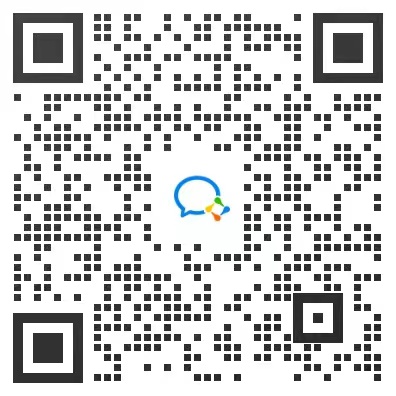M1 Index-Based Equity Strategies
Exhibit 7 illustrates key portfolio metrics for three of the older and larger conventional open-end funds in the Australian and South Korean markets. Based on the levels of tracking error and excess return figures provided in the exhibit, explain whether the funds are likely replicating or sampling.

解析:
Solution: Based on the number of stocks in the fund compared to the index constituent number, it appears most funds are attempting to replicate. Two of the funds (Macquarie True Index and KIM Cruise Index) have 80% to 90% of the stocks in the index, which indicates they are more likely to be using sampling. One fund (Samsung Index Premium) actually holds more than the index, which can happen if buffering is used. No fund contains the same number of stocks as constituents in the index. Thus, it is not surprising that the funds failed to track their respective indexes perfectly. On an annualized basis, tracking error for the Australian funds is less than one-tenth the level of the Korean funds. However, the Korean funds’ excess return—which is fund return less the benchmark index return—is positive in all three cases. The negative excess returns for two of the Australian funds are relatively close and possibly attributable to their management fees of 18–20 basis points.






